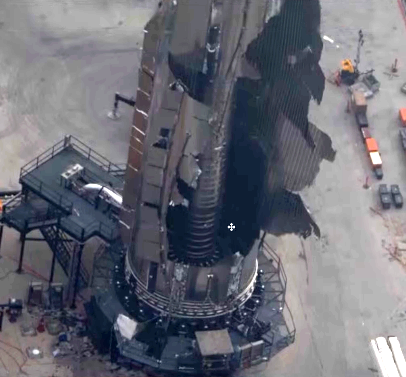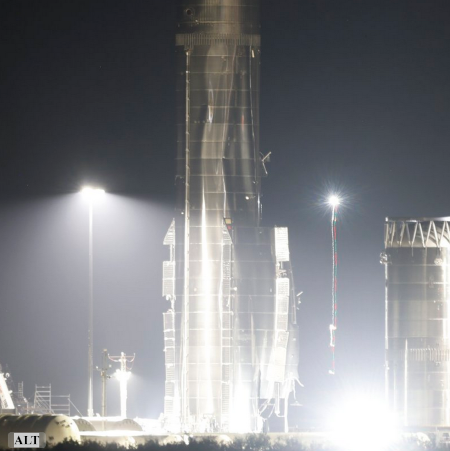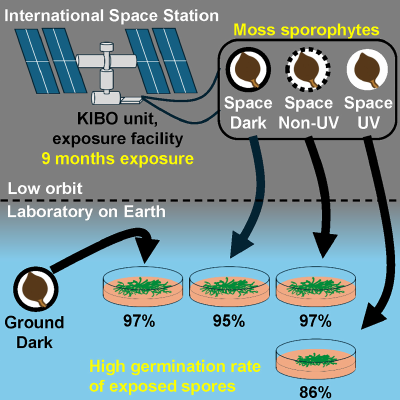
Gotta feed those DC pigs!
My heart be still: A bi-partisan group of senators, led by Senator John Cornyn (R-Texas), yesterday introduced legislation they claim will help the U.S. beat China in space by creating a new government agency called the “National Institute for Space Research,” designed to encourage research in space tied to the proposed commercial space stations.
Reports indicate that China is launching new modules to its Tiangong space station to meet growing demands for science and to boost international cooperation and is developing a new-generation crew spacecraft with two variants: one for low Earth orbit (LEO) and one for crewed lunar missions. China has been actively promoting international cooperation through Tiangong, offering countries like Oman, Egypt, Pakistan, and others opportunities to participate in space research largely for free or at an extremely low cost. China has also offered to train foreign astronauts, garnering interest from countries like Saudi Arabia, Pakistan, and the UAE to train engineers, scientists, and mission operators for satellite development, and to launch services in which Egypt, Algeria, and Argentina are actively involved. This is a part of China’s broader Belt and Road Initiative, where space cooperation is bundled with tech transfer, loans, development projects, and the like.
This underscores strategic and accelerating investment by foreign adversaries in space-based infrastructure, research, and exploration. China’s ability to offer space-based partnerships to other nations allows it to build soft power and potentially shift international norms in space governance and tech standards.
In response, the Space RACE Act would create a National Institute for Space Research, a federally controlled but independently operated entity designed to coordinate and advance U.S. microgravity research in LEO using next-generation space platforms after the retirement of the ISS.
The last thing this bill will achieve is a stronger American space industry. Rather than funding real research or development in space, this legislation simply creates another Washington government agency supposedly functioning independent of presidential or even congressional oversight (a legal structure the courts have increasingly declared unconstitutional).
This is just more pork. It is also symbolic of the stupidity of our elected officials, who still do not really understand the real reasons beyond the on-going renaissance in America’s space effort. It hasn’t been the government that made it happen. It has been the private dreams of competing companies and individuals, figuring out ways they could make money launching rockets, often with the government acting as a major obstacle. Rather than streamline our bloated government to get it out of the way of this new private sector, these senators want to create more government to dictate how that sector functions.
Ugh. There are times I wish I didn’t have to read the news from DC. It almost always depresses me.

















